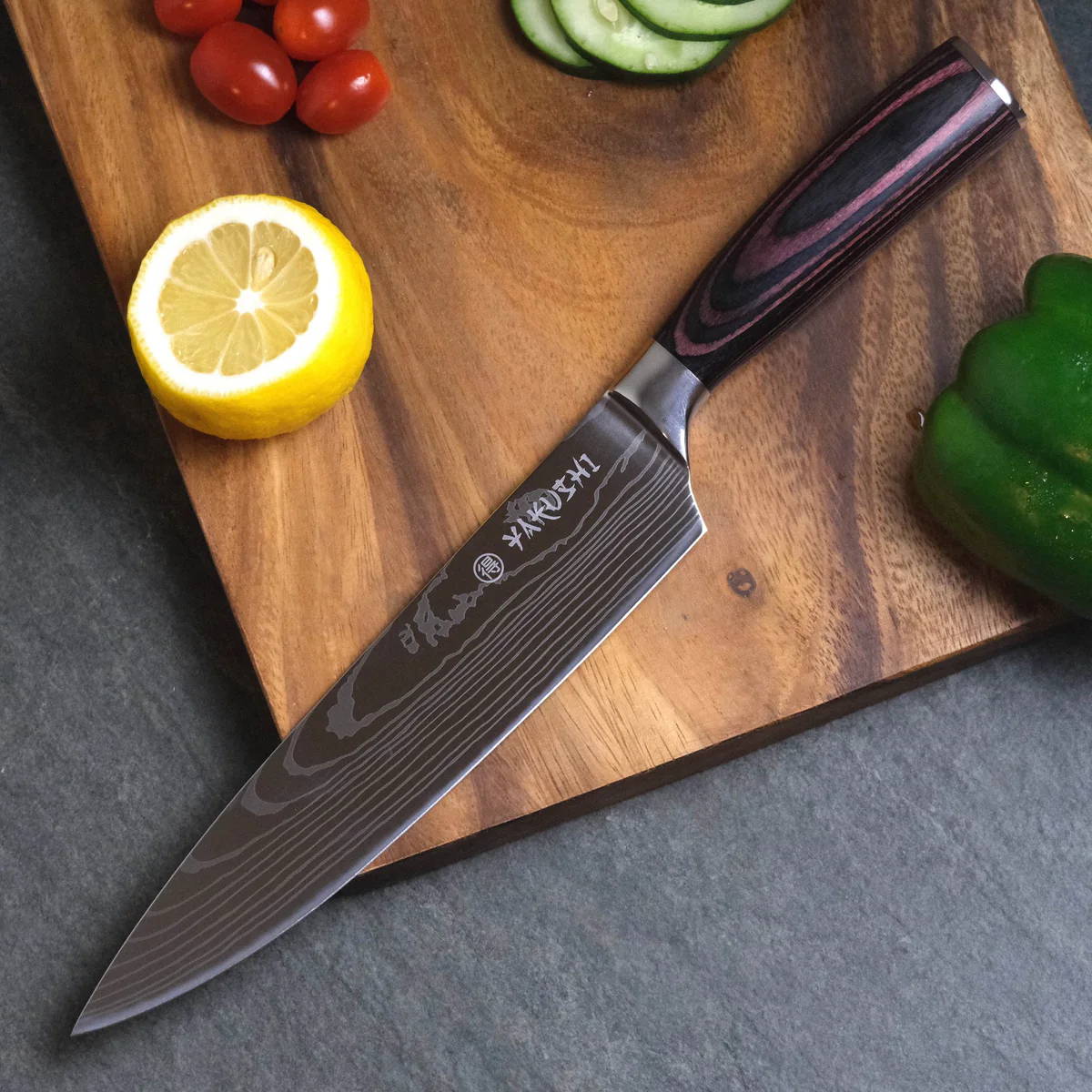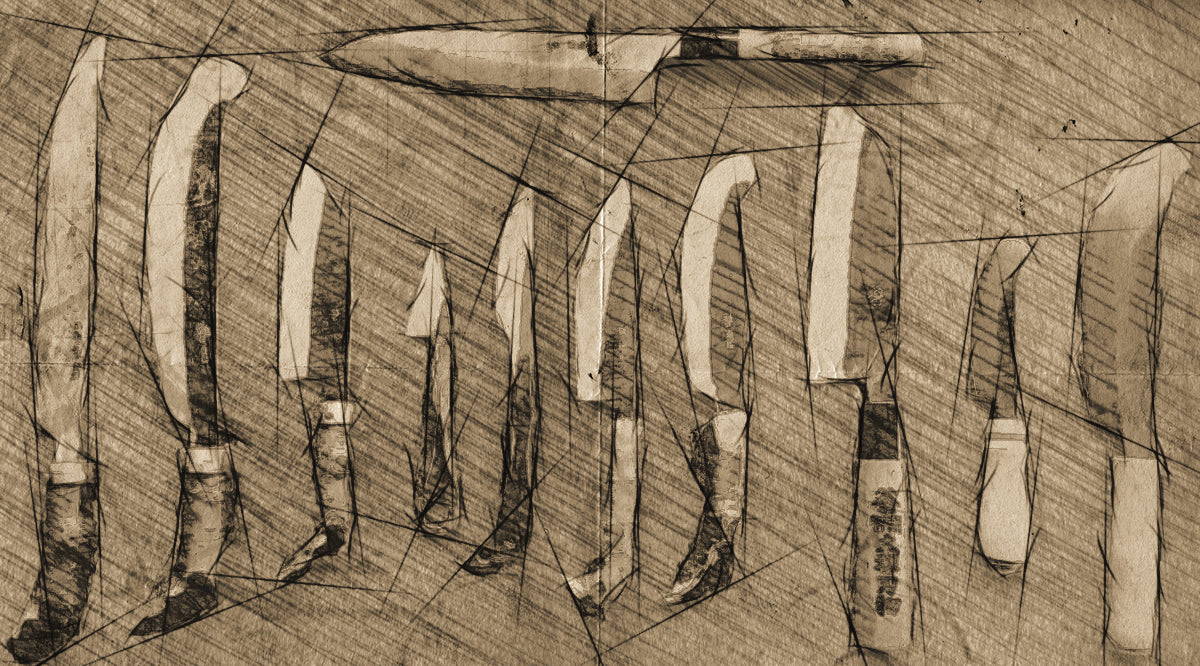sharp blades and exceptional cooking expertise. This ceremony continues to upgrade Japanese cuisine and knives to a great extent. Following the Heian period, the Samurai emerged as influential military officers throughout Japan and were permitted to carry swords made by skilled blacksmiths. Until the mid-19th century, the Samurai endured a robust existence.
In the 16th century, tobacco became popular in Japan, boosting a higher demand for sharp knives for cultivating tobacco crops. This resulted in the increased production of highly sharp single-bevel knives. It was a quiet time for Japan during the 17th century, with less involvement in domestic and international conflicts. Accordingly, the demand for knives overhauled the need for swords.
In 1868, the Meiji era began, which prohibited the public possession of weapons, including swords. Due to this, many sword makers were left out of business. To continue earning, artisans utilized their expertise and knowledge in sword-making to create various types of cooking knives and household tools.




Leave a comment
This site is protected by hCaptcha and the hCaptcha Privacy Policy and Terms of Service apply.